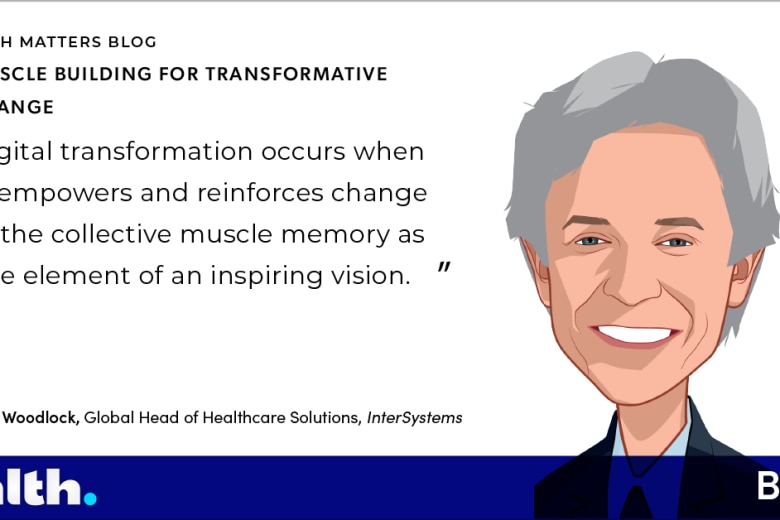The year 2021 is a major milestone for 17-year cicadas – billions of the jumping bugs will emerge this spring in the United States. One of the things I learned recently is that cicadas have 5 eyes. Two are compound, for peripheral vision, and three are single eyes on the top of the head to watch for overhead predators. All of which is pretty cool – but what, you may ask, do they have to do with health IT?
Well, reading about different kinds of vision, and the pros and cons of each way of gathering and processing information about the world around us, made me think about the different ways in which we gather and process information in general. Specifically, it made me think about different approaches to healthcare analytics.
According to the website
Sciencing:
“The insect compound eye is like having lots of little eyes looking in different directions, but each little eye doesn't see very well. The human eye can swivel, but it only looks in one direction at any given moment. The quality of its vision is much higher than that of a compound eye, and it has a much more complex construction.”
In most organizations, the data we use for decision making resembles the compound eye of an insect. It is spread across dozens or even hundreds of departments, datasets, and owners. It delivers great peripheral vision and has vast spread, but no one application, or data source, provides a really sharp image of the world around it. It is close to the issues and experts and supports rapid response to the appearance of a threat -- or opportunity.
The human eye aggregates multiple images at a single focal point in each eye, and then passes them to the brain to correlate and interpret. Looking at the same image as an insect, our field of vision will be narrower, but what we see will be sharper. So too, enterprise-wide analytics typically gather together some subset of all the data scattered across the organization, and ideally it focuses, correlates, and makes sense of it to derive much more useful, and comprehensive interpretations from the information it does process.
Just as both types of vision evolved to address specific needs, so too have our health IT investments, but often haphazardly. And too often, when we attempt to remedy the shortcomings of a disaggregated healthcare analytics architecture, we find that we have lost much of what was useful about it as well.
Somehow the cicada evolved to have the advantages of each kind of vision. I would submit that as we design the healthcare analytics architecture of the future, we need pursue a design that overcomes the limits of information silos, harmonizes all our information assets, and makes them just as accessible as our distributed data, without the blurred vision. And ideally, in so doing, we will add the additional perspective of new ways of viewing the world – our own version of eyes on the tops of our heads. If that emerges during 2021 – like the hordes of cicadas about to spring from the earth – maybe we can all see a little more clearly.




































